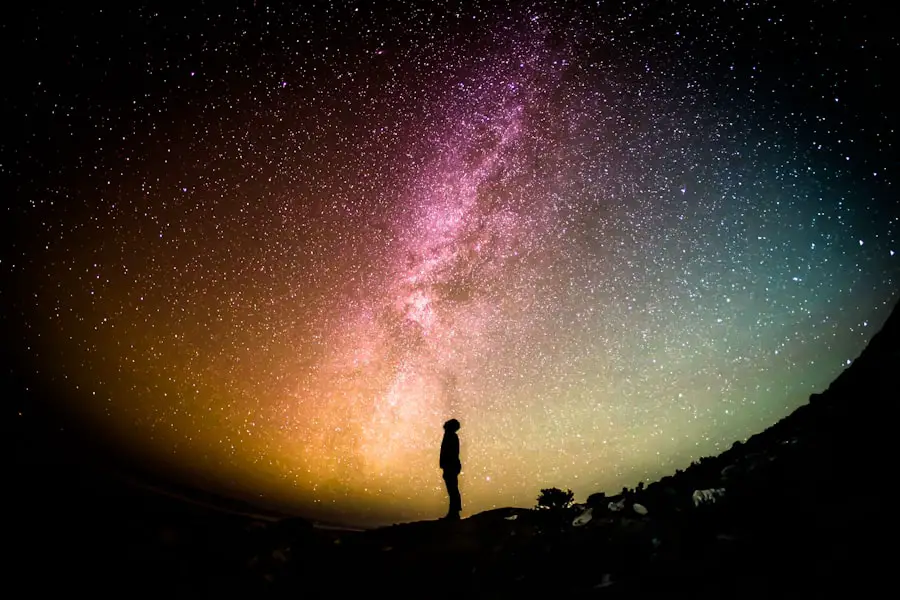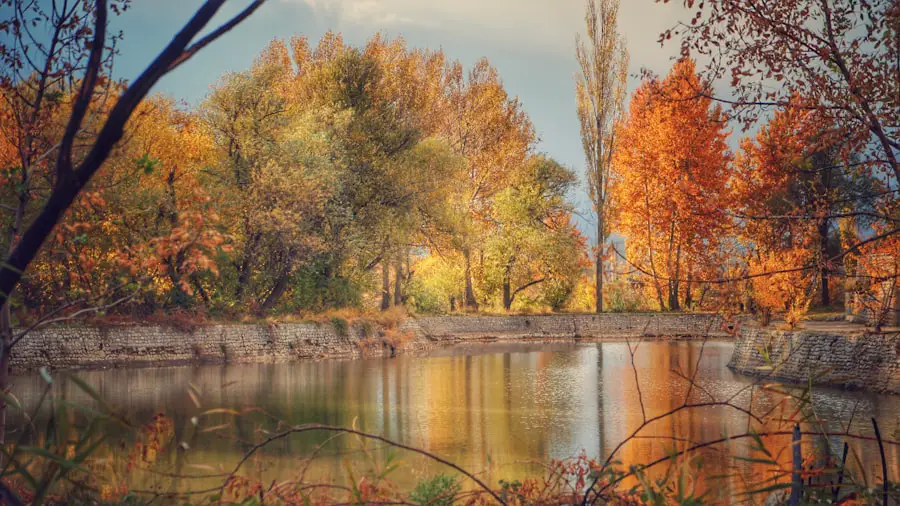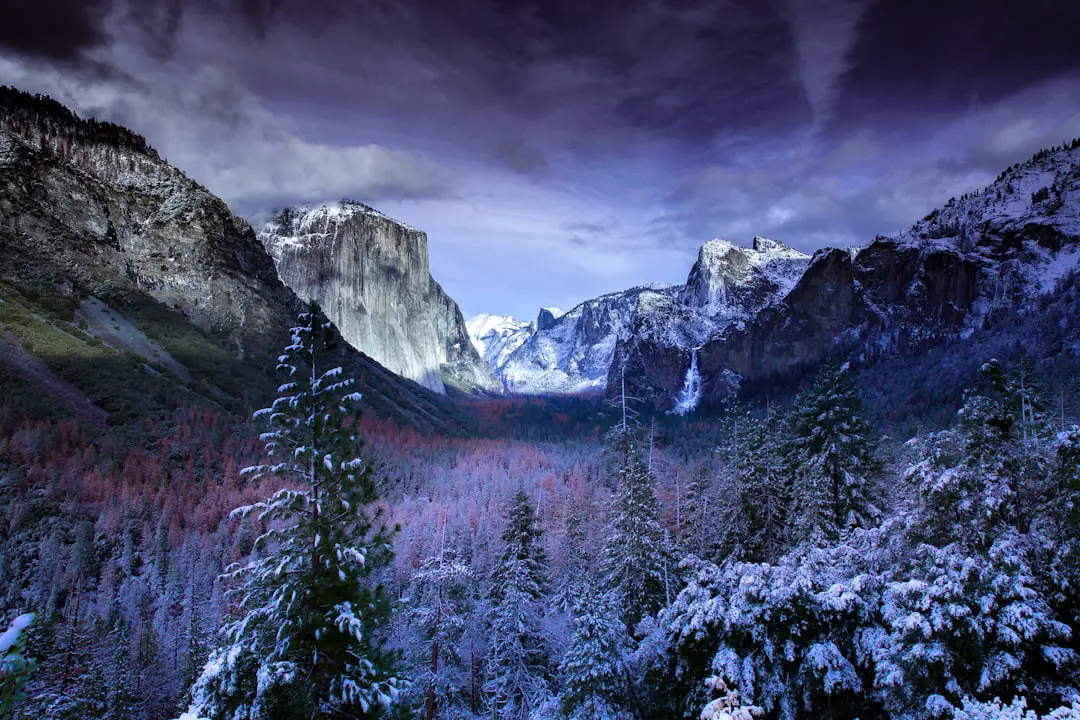New Zealand, an island nation nestled in the southwestern Pacific Ocean, is renowned for its stunning landscapes, diverse ecosystems, and vibrant culture. One of the unique aspects of New Zealand is its distinct seasonal variations, which are influenced by its geographical location and topography. The country experiences four primary seasons: summer, fall, winter, and spring.
The seasons in New Zealand are opposite to those in the Northern Hemisphere due to its position in the Southern Hemisphere. Summer spans from December to February, fall from March to May, winter from June to August, and spring from September to November.
This seasonal diversity not only affects the climate but also influences the activities available, the natural beauty on display, and the overall experience for visitors. Understanding these seasonal nuances is essential for travelers looking to make the most of their time in this breathtaking country.
Key Takeaways
- New Zealand experiences four distinct seasons: summer, fall, winter, and spring, each offering unique experiences for travelers.
- Traveling to New Zealand in the summer allows visitors to enjoy outdoor activities such as hiking, beach-going, and water sports in the warm and sunny weather.
- Exploring New Zealand in the fall offers stunning foliage, wine tasting, and the opportunity to witness the country’s unique wildlife during their mating season.
- Visiting New Zealand in the winter provides the chance to experience snow sports, hot springs, and cozy indoor activities in the cooler climate.
- Enjoying New Zealand in the spring means witnessing blooming flowers, baby animals, and participating in outdoor adventures as the country comes to life after winter.
Traveling to New Zealand in the Summer
Summer in New Zealand is a vibrant and lively time, characterized by warm temperatures and long daylight hours. With average temperatures ranging from 20°C to 30°C (68°F to 86°F), this season is perfect for outdoor activities and exploration. The beaches come alive with sunbathers, surfers, and families enjoying the coastal beauty.
Popular destinations such as the Bay of Islands and the Coromandel Peninsula attract both locals and tourists eager to soak up the sun and partake in water sports like kayaking, sailing, and snorkeling. In addition to beach activities, summer is also an ideal time for hiking and exploring New Zealand’s stunning national parks. The famous Tongariro Alpine Crossing, often hailed as one of the best day hikes in the world, offers breathtaking views of volcanic landscapes and emerald lakes.
The Abel Tasman National Park, with its golden beaches and lush forests, provides a perfect backdrop for kayaking and walking along its scenic coastal track. Summer festivals, such as the Auckland Lantern Festival and the Wellington Sevens rugby tournament, further enhance the vibrant atmosphere, showcasing local culture and community spirit.
Exploring New Zealand in the Fall

As summer transitions into fall, New Zealand transforms into a canvas of rich colors. The months of March through May bring cooler temperatures and a stunning display of autumn foliage, particularly in regions like Central Otago and Hawke’s Bay. The vineyards in these areas come alive with harvest activities, making it an excellent time for wine enthusiasts to visit.
Wine tours offer tastings of world-class Pinot Noir and Chardonnay while providing insights into the winemaking process. Fall is also a fantastic time for outdoor adventures as the weather remains mild and pleasant. Hiking trails become less crowded, allowing for a more intimate experience with nature.
The Routeburn Track and the Milford Track are particularly stunning during this season, with crisp air and clear skies enhancing the breathtaking views of mountains and lakes. Additionally, fall is a great time for photography enthusiasts to capture the stunning landscapes adorned with vibrant hues of red, orange, and gold.
Visiting New Zealand in the Winter
| Metrics | Data |
|---|---|
| Temperature | 5-15°C |
| Precipitation | Medium to high |
| Snowfall | Common in mountainous areas |
| Crowds | Low to medium |
| Activities | Skiing, snowboarding, hot springs |
Winter in New Zealand offers a completely different experience compared to the other seasons. From June to August, temperatures can drop significantly, especially in the South Island where snow blankets the mountains. This season is synonymous with skiing and snowboarding, attracting winter sports enthusiasts from around the globe.
Renowned ski resorts such as Queenstown’s Coronet Peak and Wanaka’s Cardrona Alpine Resort provide excellent facilities for both beginners and seasoned skiers. Beyond skiing, winter is also a time for unique cultural experiences. The annual Winter Festival in Queenstown celebrates the season with a series of events including ice skating, live music, and fireworks.
For those who prefer a more tranquil experience, soaking in natural hot springs such as those found in Hanmer Springs can be a rejuvenating way to enjoy the winter landscape. The contrast of snow-capped mountains against clear blue skies creates a picturesque setting that is perfect for photography or simply enjoying the serene beauty of nature.
Enjoying New Zealand in the Spring
Springtime in New Zealand heralds a period of renewal and growth as flowers bloom and wildlife becomes more active. From September to November, temperatures begin to rise again, making it an ideal time for outdoor activities without the summer crowds. The gardens across the country burst into color during this season; notable locations like Christchurch’s Botanic Gardens showcase an array of blossoms that attract visitors from near and far.
Spring is also synonymous with adventure sports as rivers swell with melting snow from the mountains. White-water rafting on rivers like the Kaituna River offers thrilling experiences for adrenaline seekers. Additionally, spring is an excellent time for birdwatching as migratory species return to their breeding grounds.
The Tiritiri Matangi Island sanctuary is a prime location for spotting native birds such as the Kiwi and Takahe in their natural habitat.
Best Activities for Each Season in New Zealand

Each season in New Zealand presents unique opportunities for activities that cater to various interests. In summer, beachgoers can indulge in sunbathing or partake in water sports along the stunning coastlines. Hiking trails are accessible, allowing adventurers to explore national parks teeming with wildlife and breathtaking scenery.
Fall offers a different allure with wine tours becoming increasingly popular as vineyards celebrate their harvests. Outdoor enthusiasts can enjoy hiking amidst vibrant autumn foliage while experiencing fewer crowds on popular trails. The cooler temperatures make it comfortable for exploring cities and attending local festivals that celebrate food and culture.
Winter transforms New Zealand into a winter wonderland where skiing takes center stage. Ski resorts become bustling hubs of activity while those seeking relaxation can enjoy hot springs or cozy lodges with stunning mountain views. Cultural events during this season provide insight into local traditions and celebrations.
Spring brings a sense of renewal as gardens bloom and wildlife flourishes. Outdoor activities such as hiking or biking become increasingly popular as temperatures rise. Birdwatching becomes a rewarding pursuit as migratory birds return to their nesting grounds, offering unique opportunities for nature enthusiasts.
Tips for Traveling to New Zealand in Different Seasons
Traveling to New Zealand requires some planning based on the season you choose to visit. In summer, it’s advisable to book accommodations well in advance due to high demand from both international tourists and locals on holiday. Sun protection is essential; sunscreen, hats, and sunglasses should be part of your travel essentials.
During fall, layering clothing is key as temperatures can fluctuate throughout the day. It’s also wise to check local events or festivals that may coincide with your visit; participating in these can enhance your experience significantly. For winter travelers heading to ski resorts, investing in quality winter gear is crucial for comfort on the slopes.
Spring travelers should take advantage of the milder weather by packing versatile clothing suitable for both warm days and cooler evenings. This season often sees increased rainfall; therefore, waterproof jackets or umbrellas can be beneficial. Engaging with local communities through markets or festivals can provide deeper insights into New Zealand’s culture during this vibrant time.
Conclusion and Final Recommendations for the Best Time to Visit New Zealand
New Zealand’s diverse seasons offer something special for every type of traveler. Whether you’re drawn by summer’s beach allure or winter’s snowy peaks, each season presents unique experiences that highlight the country’s natural beauty and cultural richness. Ultimately, your choice of when to visit should align with your interests—be it adventure sports, wine tasting, or simply soaking in breathtaking landscapes.
For those who seek warmth and outdoor activities, summer is undoubtedly ideal; however, if you prefer fewer crowds and stunning autumn colors, fall may be your best bet. Winter appeals to ski enthusiasts while spring captivates nature lovers with its blooming landscapes. Regardless of when you choose to visit New Zealand, each season promises unforgettable memories waiting to be made amidst its stunning scenery and welcoming culture.
When planning your trip to New Zealand, it’s important to consider the best time to visit this stunning destination. According to TakeTravelInfo, the best time to travel to New Zealand is during the shoulder seasons of spring (September to November) and fall (March to May). These seasons offer pleasant weather, fewer crowds, and beautiful landscapes. Additionally, having a portable WiFi hotspot, like the one recommended in this article, can help you stay connected while exploring this picturesque country. Don’t forget to pack a pair of waterproof sneakers, such as the ones featured in this article, to ensure your comfort and style during your adventures in New Zealand.
FAQs
What is the best time to travel to New Zealand?
The best time to travel to New Zealand is during the shoulder seasons of spring (September to November) and autumn (March to May). These seasons offer mild weather, fewer crowds, and lower prices.
What is the weather like in New Zealand during the best time to travel?
During the shoulder seasons of spring and autumn, New Zealand experiences mild temperatures, blooming flowers, and colorful foliage. The weather is generally pleasant and suitable for outdoor activities.
Are there any specific events or festivals during the best time to travel to New Zealand?
Yes, New Zealand hosts various events and festivals during the shoulder seasons, including the Spring Festival in September and the Autumn Festival in March. These events showcase the country’s culture, arts, and cuisine.
Are there any drawbacks to traveling to New Zealand during the best time?
While the shoulder seasons offer favorable conditions for travel, it’s essential to be prepared for variable weather and occasional rainfall. It’s also advisable to book accommodations and activities in advance, as these seasons are popular among tourists.
